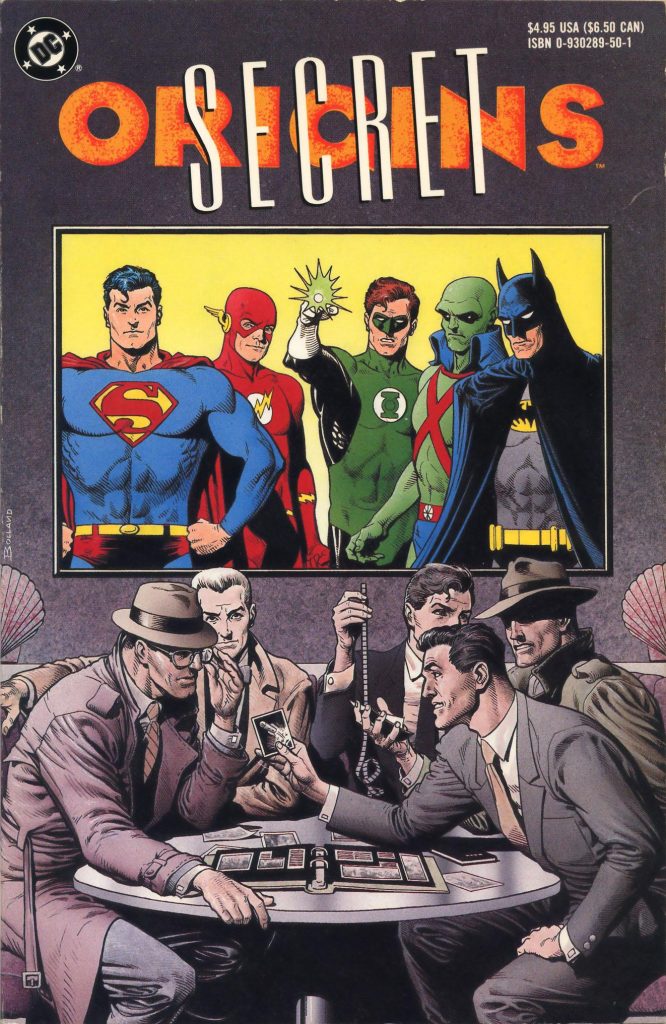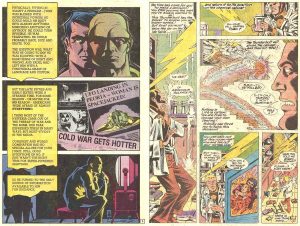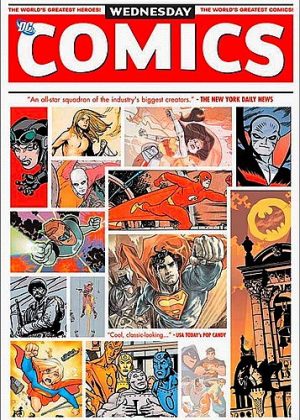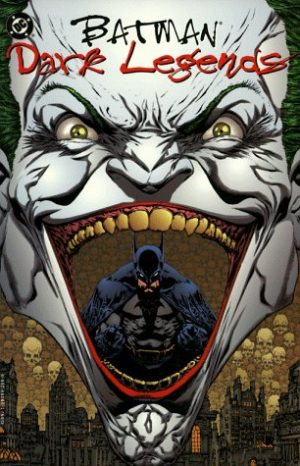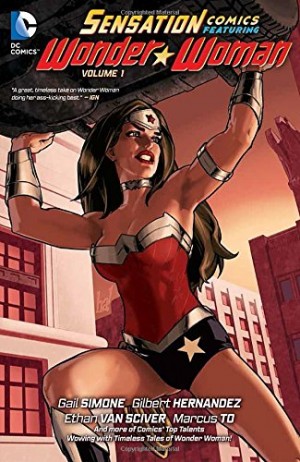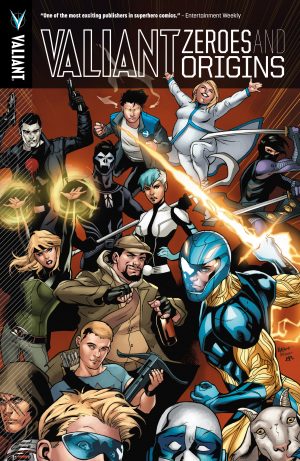Review by Frank Plowright
Is it strange that every few years the major superhero publishers pull away the rug and re-boot their characters from scratch again, offering a nip here, and a tuck there? Six months later everything is pretty well as it was. DC do this more frequently than Marvel, and the first time was in the mid-1980s, when changes were sustained longer, and the Secret Origins series of the era presented those nips and tucks. As editor Mark Waid remarks in his introduction, Superman will always be a visitor from another planet and Batman will always result from the deaths of his parents. It’s the attachments that make the difference.
This collection concentrates on the Justice League of America as originally constituted, with revised origin stories for Batman, Flash, Green Lantern, Martian Manhunter, Superman and the Justice League themselves. In some ways the writers have it easy, as the basis of their plots has been constructed decades previously by the original creators. Denny O’Neil on Batman added many of the details himself over the years, so he just provides a précis of the pertinent elements, efficiently drawn by Dick Giordano. John Byrne’s Superman story comes from his divisive 1980s re-boot. Surely time has now confirmed it as thoughtful and innovative, both qualities represented in what’s not exactly an origin story, but a cementing of who Superman is.
James Owsley and M.D. Bright co-plot Hal Jordan taking someone he’s just met on a tour of the galaxy, the moral conundrum being whether or not to trust them completely. It never convinces with the theme of Hal Jordan, former test pilot, desperate for a job and only exploring the miniscule sector of test pilots, or with what follows, as Jordan confides in his prospective employer. Where the writing is commendable is in populating the strip with African Americans, unusual for 1989.
Only Ken Stacey takes an innovative approach to the storytelling, accompanying blocks of narrative text with illustrations in what’s almost a noir story. The novelty is welcome, if not entirely successful, due to a strange looking version of the Martian Manhunter. Novelty is also key to Robert Loren Fleming’s more detailed origin of Barry Allen as the Flash, building around the few legacy character traits from the original series, with Carmine Infantino taking a valedictory turn on the speedster he defined for a decade from the mid-1950s. Fleming considers Allen’s transformation wasn’t entirely accidental, and includes a run-in with Flash’s villains and a wonderfully sentimental twist. It’s a gem, and there’s also much to be admired about the Justice League’s revised origin, the major change being substituting Black Canary for Wonder Woman in the new continuity. Keith Giffen and Peter David’s plot makes more sense of the alien contest that brought the team together and Eric Shanower’s art is very decorative, if occasionally posed.
The use of thought balloons rather than narrative captions by writers other than Fleming, O’Neil and Steacy does plant half the content very much in the 1980s, and Byrne in particular uses far more words than would be common today. It’s odd considering he’s an excellent artist and those words cover his drawing. This however, isn’t a shortcoming, just a matter of style. As the characters’ origins have been messed with on several occasions since the 1990s is this collection still relevant? Well, good art is timeless, and there’s a lot of it here, and the stories are at the very least readable.
